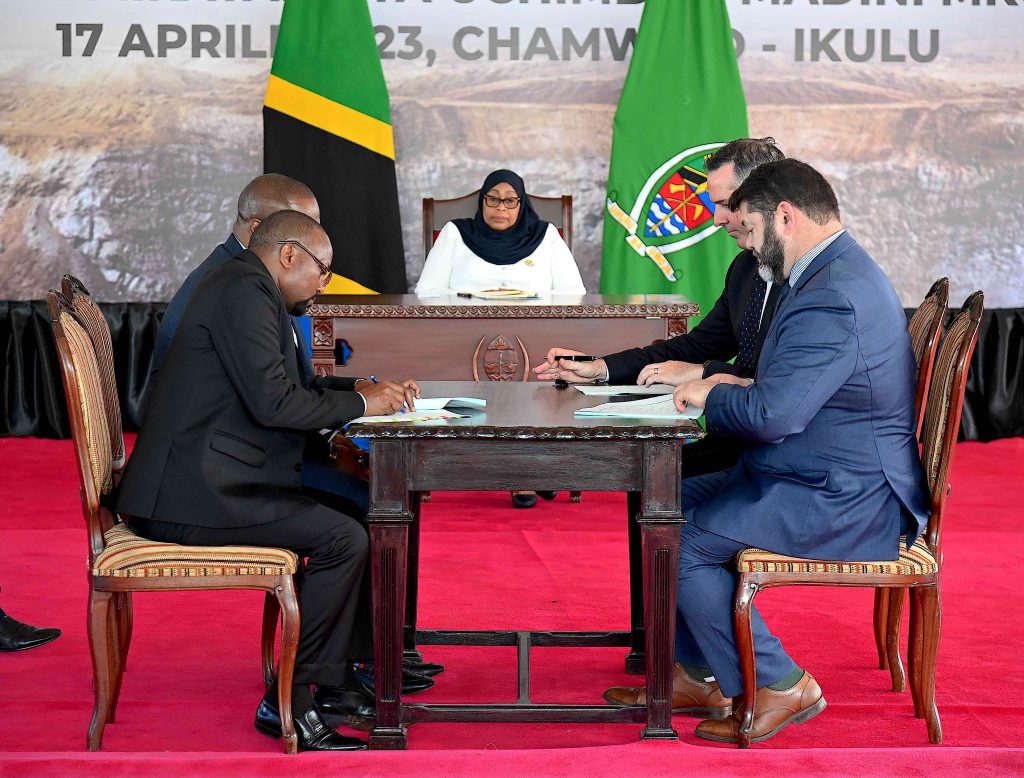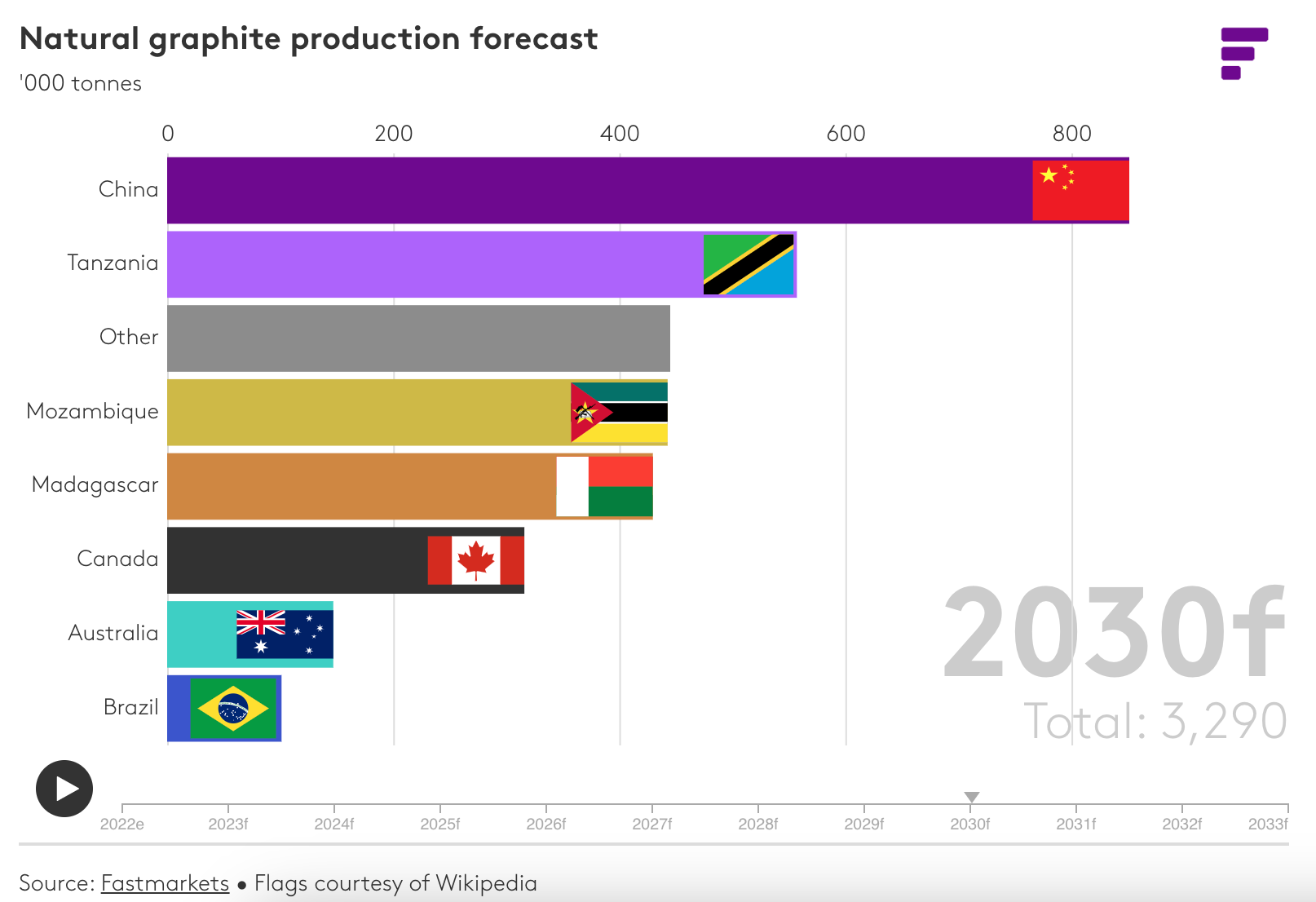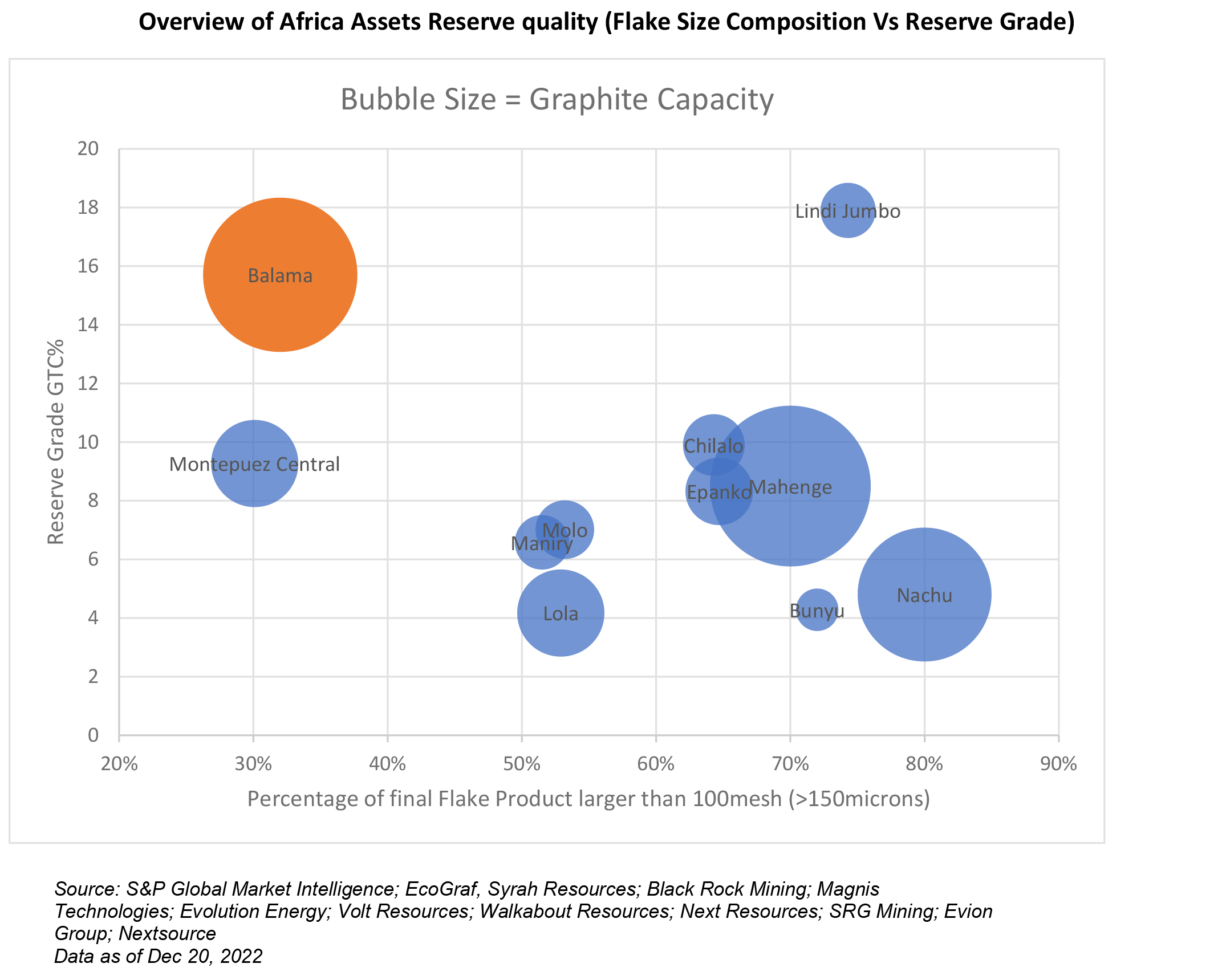As we all know, the world is moving fast towards using clean energy and electric cars. This shift is making everyone want more materials to make batteries. One material that people have yet to talk about much is graphite. It’s super important for making a part of the battery called the anode in the lithium-ion batteries that power our gadgets and cars. While everyone is busy discussing other materials like lithium and cobalt, graphite is quietly becoming increasingly valuable.
Graphite 101
So, what exactly is graphite? You might remember it from your science class as the “lead” in your pencils, but it’s more than that. Graphite is a form of carbon, the same stuff that makes up coal and diamonds. It’s a soft, slippery material that conducts electricity well. That’s why it’s perfect for use in batteries.
Graphite is the anode in batteries, especially those used in electric cars and many modern gadgets. Think of the anode as one of the two “terminals” in a battery. The graphite anode helps store and release the energy when you charge and use your battery. Without graphite, these batteries wouldn’t work as well as they do.
So, in simple terms, graphite is a must-have material for the batteries that power our future. And as we use more and more of these batteries, we will need more graphite. That’s why it’s becoming a big deal in the mining world.
The Bigger Picture: What’s Happening Worldwide
According to experts at S&P Global Market Intelligence, the worldwide market for electric cars is set to grow threefold by the year 2026. That’s huge! And as more people buy electric vehicles, the need for materials to make batteries will also increase. Graphite is one of those must-have materials.
Up until now, a type of graphite made in labs, called synthetic graphite has been the go-to choice. But there’s a new player in town—natural graphite. It’s getting more popular because it performs well and is better for the environment. This change is a big deal for countries like Tanzania, with abundant natural graphite underground.
So, what does this mean? Countries like Tanzania have a golden opportunity as the world starts to favor natural graphite. They can become key players in providing the graphite that the world will increasingly need for its batteries. And that’s why monitoring Tanzania’s graphite mining potential is so important.
Tanzania Stands Out in the Graphite Game
Tanzania isn’t just another name on the list of countries mining graphite; it has some unique strengths that make it special. Tanzania has several big projects that can produce more than 450,000 tons of graphite annually. That’s a lot! According to Fastmarkets, by 2030, Tanzania could become the world’s second-largest graphite producer, right behind China.
Notable Graphite Projects in Tanzania
When it comes to graphite mining in Tanzania, two projects stand out: Mahenge, owned by Black Rock Mining (ASX: BKT) has a 100% interest in the Mahenge Project in Tanzania which hosts a multi-generational graphite resource and is one of the most significant JORC-compliant flake graphite resources globally, with 212m tonnes @ 7.8% TGC, and a reserve of 70m tonnes @ 8.5% TGC.
Mahenge is a big deal because it’s planning to produce a lot of graphite, even more than Balama in Mozambique, which is currently the top dog in Africa for graphite mining. Mahenge is aiming for a production capacity of 340,000 tons per year. What’s more, the quality of its graphite is impressive, with 70% of its product being over +100 Mesh in size. That’s a high-quality product that tech and battery companies will want.
Nachu is another heavy hitter, with a planned production capacity of over 235,000 tons annually. Owned by Magnis Energy Technologies(ASX: MNS; OTCQX: MNSEF; FSE: U1P) – a vertically integrated lithium-ion battery technology and materials company with strategic assets, investments, and partnerships in the electrification supply chain. Nachu is very special when it comes to Tanzania’s graphite, and what sets it apart is the quality of its graphite. A whopping 76% of its product is over +100 Mesh in size. That’s the highest percentage in the region, making it a top choice for high-tech industries.
Other notable projects in Tanzania are;
- Epanko Mine:128.2 million tons
- Bunyu Mine: 127 million tons
- Chilalo Mine: 67.3 million tons
How Tanzania’s Graphite Compares to Other African Projects
To give you some context, Africa produced about 9% of the world’s graphite in 2021. The biggest mine, Balama in Mozambique, was a game-changer when it started in 2017. However, it has faced challenges, including production dropping due to COVID-19 and other disruptions. Other African mines, like Aukam in Namibia and Graphmada in Madagascar, are smaller and older. They plan to ramp up production but are smaller than the Tanzanian projects.
Why Tanzania’s Projects Are Special
What makes Tanzania’s graphite so interesting is the quality of the graphite they’re producing. Tanzania’s graphite is top-notch; tests have shown that a large portion of the graphite from these mines is over 150 microns in size, falling between 70-76%. In simpler terms, that means it’s excellent quality. And this is super important for companies that make high-tech gadgets and batteries. They’re willing to pay extra for this kind of high-quality material.
So, to sum it up, Tanzania has both the quantity and the quality when it comes to graphite. That’s why it’s becoming a big deal in the industry and why investors should pay close attention. While most other African projects have a percentage of their product over +100 Mesh ranging between 51-53%, Tanzanian mines are achieving between 70-76%. This high quality means they can charge more for their product, making them more profitable in the long run.
So, if you’re looking at the future of graphite mining, keep your eyes on Tanzania. With its high-quality reserves and ambitious projects, it’s poised to become a significant player in the global graphite market.
The Indonesia Connection: A Geopolitical Twist
As we dug deeper into this topic, we stumbled upon an interesting angle: the connection between Tanzania and Indonesia. Here’s why it matters.
The China-Indonesia Investment Surge
A South China Morning Post report on October 28, 2022, revealed that Chinese investment in Indonesia had tripled, reaching $1.56 billion in just three months. China relies heavily on Indonesia for its mineral needs, and Indonesia is keen on processing more of its minerals domestically.
Tanzania and Indonesia Strengthen Ties
Fast forward to 2023, and Tanzania has opened an embassy in Jakarta, Indonesia. Not long after, the Indonesian President Joko Widodo visited Tanzania. The two countries signed seven Memorandums of Understanding (MoUs), covering everything from defense and energy to agriculture and, notably, mining.
Our Take: The Geopolitical Implications
Given that Tanzania is projected to become the world’s second-largest graphite producer, right behind China, geopolitical strategies are bound to come into play. The West will likely seek closer ties with Tanzania to secure a stable supply of this critical mineral. However, China could still get a piece of the pie through its strengthened relationship with Indonesia.
Experts in Tanzania have raised concerns about the country exporting unprocessed graphite. Our analysis suggests that Indonesian companies, processed there could buy a significant portion of this graphite, and then sold to China. This is incredibly likely given China’s heavy reliance on Indonesian imports for its mineral needs. To strengthen this further, even ‘Western’ companies involved in graphite in Tanzania still rely on China as an off-taker. A good example is Australia’s Evolution Energy, which signed a three-year deal to supply about 90 percent of fine flake graphite from its Chilalo project in Tanzania to China-based BTR New Material Group Co.
So, for investors and policymakers alike, understanding this Indonesian connection could be vital to navigating the complex web of opportunities and challenges in the global graphite market.



